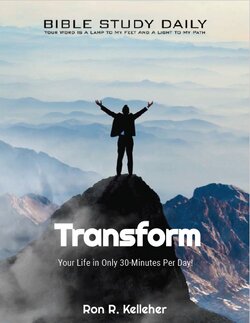Name
The title “Hebrews ” comes from the intended audience identified generally speaking throughout the letter as “Hebrews,” specifically Jewish Christians.
Author
The author of Hebrews is unknown. Much ink has been spilled by scholars trying to settle the issue of authorship. Parts of the letter read like Paul; other parts do not. Certainly, Paul is capable of changing his literary style. There are as many internal clues pointing to Pauline authorship as there are clues suggesting someone else wrote the letter.
Even the opinions of the early church fathers are mixed. Dionysius and Clement of Alexandria believed it was Paul, and from the time of Athanasius on, it was the prevailing view. Neither Martin Luther nor Calvin believed Hebrews was written by Paul.
Genre
Epistle with elements of a sermon
Literary Form
The specific literary form of Hebrews is difficult to ascertain. It has an ending like a letter, but it does not open like a typical letter with the identification of the author, the recipients, and a greeting. Instead, the letter opens with a sermon of exhortation and instruction.
Time Frame
It is difficult to date the book of Hebrews with precision. It was most likely written prior to A.D. 70 when the temple in Jerusalem was destroyed because the author would have likely made some mention of such a historical event.
Scholars who support Pauline authorship of Hebrews date the book near the end of his life, or about A.D. 67-68 assuming Paul was beheaded in May or June of A.D. 68.
Other scholars assume from the fact that the Jewish wars of A.D. 66-70 are not mentioned that the letter was written before then, or between A.D 63-65.
Emphasis
The author of Hebrews argues the superiority of Jesus Christ from Scripture. The author argues from the Old Testament that Christ is the fulfillment of the new covenant, that He is the Son of God, and that He is superior in every way.
Outline*
- Christ is superior to the prophets (1:1-3)
- Christ is superior to the angels (1:4-14)
- Warning 1. Do not neglect salvation (2:1-4)
- Christ secures supremacy for man (2:5-13)
- Christ secures triumphant victory for man (2:14-18)
- Christ is superior to Moses (3:1-6)
- Warning 2. The danger of unbelief (3:7-19)
- Do not miss God’s rest (4:1-13)
- Christ as the supreme high priest (4:14-16)
- The qualifications of Christ as supreme high priest (5:1-10)
- Warning 3. The danger of falling away (5:11-6:20)
- Jesus Christ is the great high priest forever (7:1-24)
- Christ is the perfect high priest (7:25-28)
- Christ is the exalted priest (8:1-5)
- Christ is the minister of a new and superior covenant (8:6-13)
- Christ is the minister of the greater and more perfect tabernacle (9:1-14)
- Christ is the minister and mediator of the new covenant (9:15-22)
- Christ is the minister and mediator of the perfect sacrifice (9:23-10:18)
- Christ is the supreme author of faith (10:19-11:40)
- Warning 4. The danger of apostasy (10:26-39)
- Christ is the supreme example of endurance (12:1-29)
- Warning 5. The danger of refusing to hear Christ
- The supreme marks of Christian conduct (13:1-25)
*Adapted from Preacher’s Outline and Sermon Bible


